Midea MSABB-09CRN8-PC6 Bruksanvisning
Midea
Luftkonditionering
MSABB-09CRN8-PC6
Läs gratis den bruksanvisning för Midea MSABB-09CRN8-PC6 (64 sidor) i kategorin Luftkonditionering. Guiden har ansetts hjälpsam av 8 personer och har ett genomsnittsbetyg på 4.6 stjärnor baserat på 4.5 recensioner. Har du en fråga om Midea MSABB-09CRN8-PC6 eller vill du ställa frågor till andra användare av produkten? Ställ en fråga
Sida 1/64

SPLIT-TYPE ROOM AIR CONDITIONER
Owner’s Manual
IMPORTANT NOTE:
Read this manual carefully before installing
or operating your new air conditioning
unit. Make sure to save this manual for
future reference.
Please check the applicable models, technical
data, F-GAS(if any) and manufacturer information
from the “Owner's Manual - Product Fiche ”
in the packaging of the outdoor unit.
(European Union products only)
Produktspecifikationer
| Varumärke: | Midea |
| Kategori: | Luftkonditionering |
| Modell: | MSABB-09CRN8-PC6 |
| Typ av operation: | Knoppen |
| Färg på produkten: | Blauw |
| Vikt: | 3600 g |
| Ljudnivå: | - dB |
| Årlig-energiförbrukning: | - kWu |
| Förpackningens vikt: | 5000 g |
| Förpackningens bredd: | 675 mm |
| Djuppackning: | 248 mm |
| Förpackningshöjd: | 200 mm |
| Kraftkälla: | Batterij/Accu |
| Luftfiltrering av dammsugare: | HEPA |
| Vakuum: | 23 kPa |
| Smutsavskiljningsmetod: | Cyclonisch |
| Typ av rengöring: | Droog |
| Dammkapacitet: | 0.6 l |
| Maximal ineffekt: | 500 W |
| LED-indikatorer: | Batterijstatus |
| På / Av knapp: | Ja |
| Beeldscherm: | LED |
| Typ av dammsugare: | Zakloos |
| Sugning: | 185 AW |
| Batteri/Batterispänning: | 25.2 V |
| Reglage på handtaget: | Ja |
| Variabel effekt: | Ja |
| kontroll av sugkraft: | Elektronisch |
| Korrekt användning: | Thuis |
| Rengör ytor: | Bare floor, Carpet, Hard floor, Tile, Upholstery |
| Dammsugarborste ingår: | Tapijtborstel |
| Sugmunstycke för kuddar: | Ja |
| Batterij capaciteit: | 2500 Ah |
| Användningstid: | 60 min |
| Ingångseffekt (IEC): | 500 W |
| Handtagslängd: | Lushandgreep |
| Effektivitet: | 99.97 procent |
| Batteriteknik: | Lithium-Ion (Li-Ion) |
| HEPA-klass: | HEPA 13 |
Behöver du hjälp?
Om du behöver hjälp med Midea MSABB-09CRN8-PC6 ställ en fråga nedan och andra användare kommer att svara dig
Luftkonditionering Midea Manualer
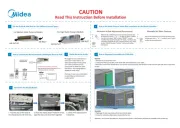
12 Oktober 2025
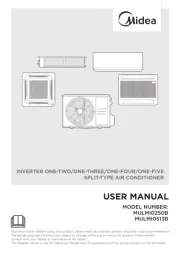
1 Oktober 2025
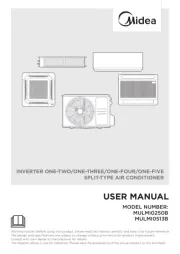
30 September 2025
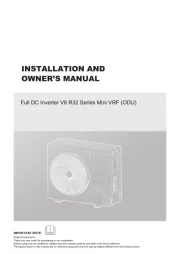
26 September 2025
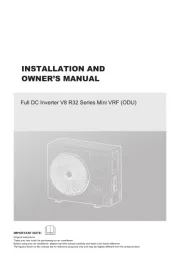
26 September 2025
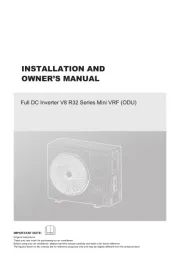
26 September 2025
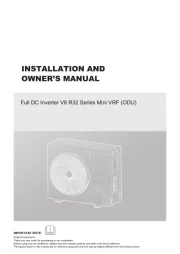
26 September 2025
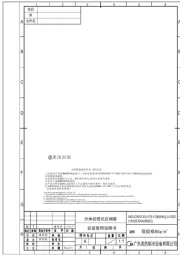
26 September 2025
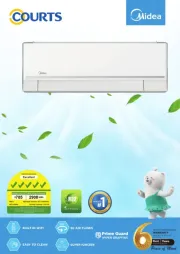
21 September 2025
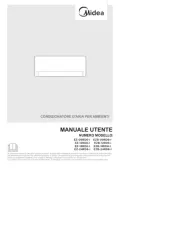
21 September 2025
Luftkonditionering Manualer
- Airrex
- Karcher
- Innova
- Delonghi
- Tosot
- Philco
- Carrefour Home
- Hokkaido
- Panasonic
- TechnoLife
- Amana
- Itho
- Samsung
- REMKO
- Frigor
Nyaste Luftkonditionering Manualer
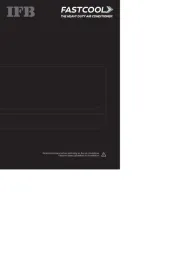
20 Oktober 2025
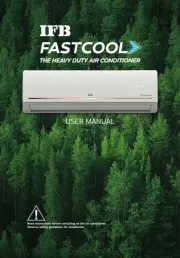
20 Oktober 2025
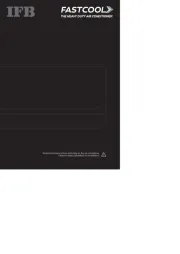
20 Oktober 2025
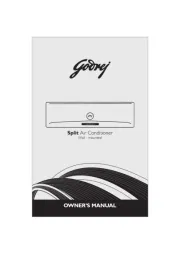
19 Oktober 2025
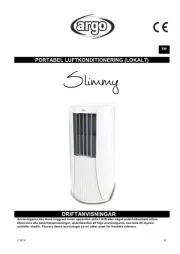
17 Oktober 2025
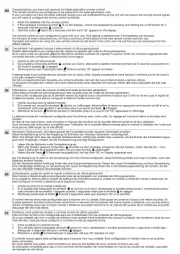
17 Oktober 2025
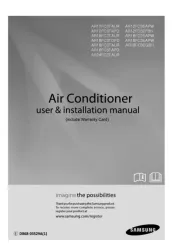
16 Oktober 2025
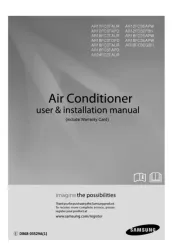
16 Oktober 2025
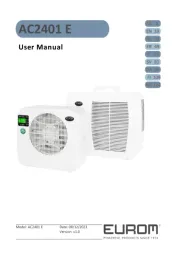
16 Oktober 2025
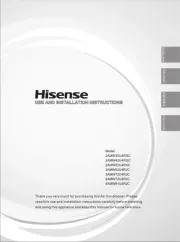
13 Oktober 2025